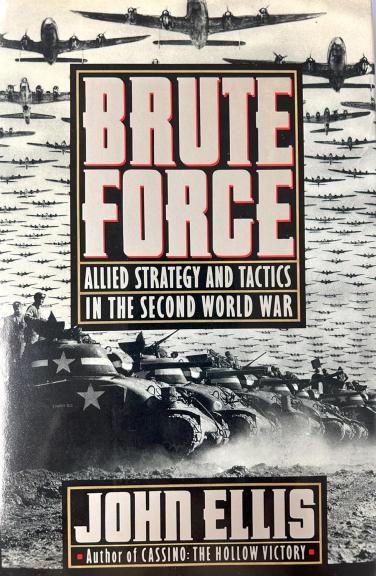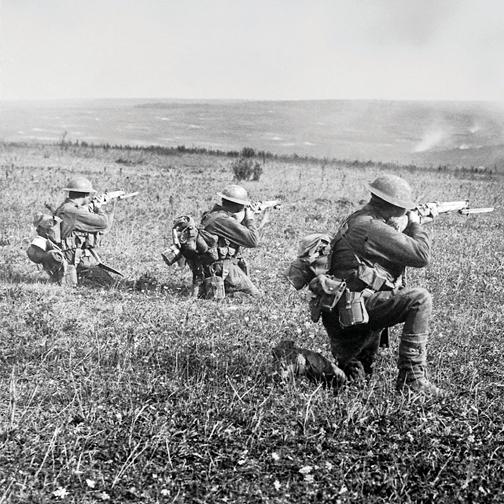Brute Force: Allied Strategy and Tactics in the Second World War
| Author: | John Ellis |
| ISBN: | 978-0670807734 |
| Reading list: |
|
| Extended: | LTCOL, MAJ, WO1 |

Published in 1990, Brute Force offers two simple theses to explain Allied victory in the Second World War. First, he suggests that allied victory largely rested upon their quantitative superior in material, productive capacity, and manpower. Second, he argues that that victory occurred often in spite of the poor generalship, strategy, and tactics of the Allied forces. Ultimately, Ellis asserts that the Allies relied upon ‘brute force’ to batter Germany, Italy, and Japan, into submission. Accessibly written, Brute Force is principally a synthesis of existing literature and critiques drawn from the flawed post-war U.S. Strategic Bombing Survey rather than an original work. Ellis’ critiques of Allied generals often lack context or appreciation of the difficult circumstances many commanders faced both in planning and execution, and have themselves been questioned by more recent scholarship. Nonetheless, Brute Force is an important reminder of the role strategic advantages such as manpower or production capacity can have in deciding the outcome of a world-wide conflict.




